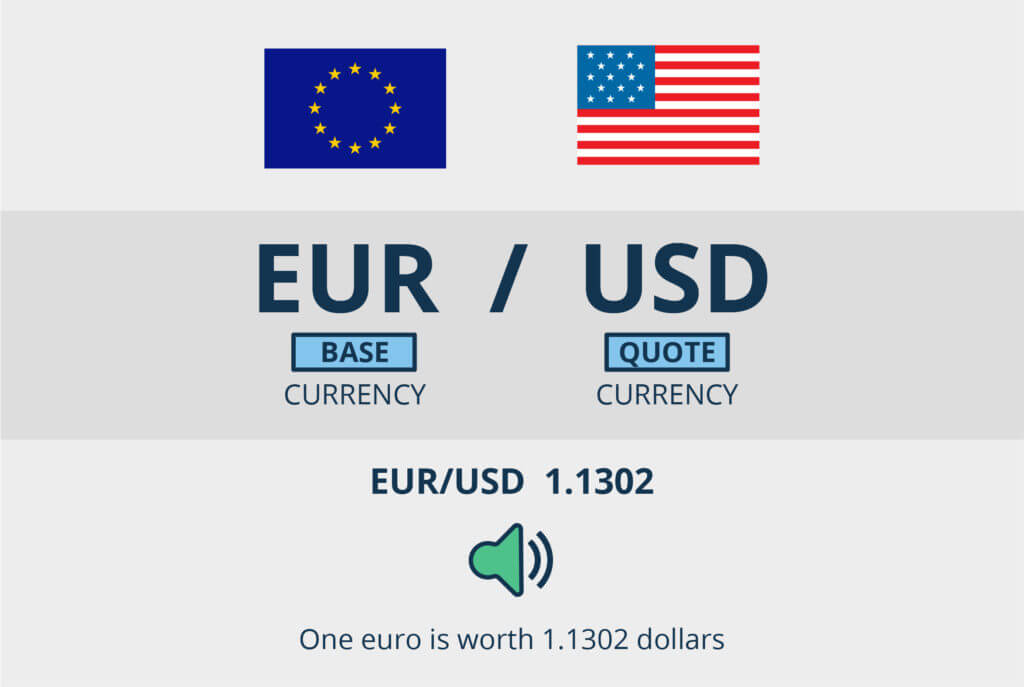Currency Pair And Subordination

Currency pair and subordination
The currency is mainly based on three party codes. There are at least 170 different currencies, and the United States dollar(US) accounts for the majority of foreign exchange transactions. Next will be the EU, Japanese yen, Canadian dollar, British pound and New Zealand dollar.
Foreign exchange transactions are based on the exchange of two currencies. Therefore, a combination of two different currencies can be part of a transaction. Euro(EU)/US dollar(US) is one of the major currency combinations.
If you consider Euro/USD, Euro is the base currency and USD is the quotation currency. Therefore, the exchange rate depends on the number of quoted currencies required to purchase the base currency unit. For example, if the exchange rate is 0.57, you need 0.57 dollars to buy 1 euro. Therefore, when the exchange rate is high, the value of the quoted currency decreases, while when the exchange rate is low, the value of the quoted currency increases.
Correlation is the relationship between two currencies. The currency pair must be related to foreign exchange transactions, and the correlation coefficient defines this relationship. Obviously, currencies are paired in foreign exchange, which represents the performance of exchange rate.
The correlation is between – 1 and+1. If the correlation is positive, the currency will move together; if the correlation is negative, the currency will move in the opposite direction. If the correlation coefficient is 0, the currency pair is located at any point.
Correlation calculation
To calculate the correlation between currency pairs, use a Microsoft spreadsheet. This is the best way to develop strategies. First, select the currency pair and place it in the spreadsheet. Then fill the grid with their daily prices. The price is easy to find on the Internet. You can use CORREL in the spreadsheet to obtain the correlation between these data. Data can be updated daily.
The correlation changes rapidly. For example, suppose the correlation between Euro/USD in a certain month is 0.74 and 0.63 in three months. This means that although the 3-month correlation is weak, the correlation is still positive.
The correlation between currency pairs has always been unstable, and global economic factors are directly related to it. Therefore, if today’s correlation is strong, it does not mean that it will remain stable for a long time. This is why it is recommended that it take six months to define correlation.
Double transaction:
A trader can sell a pair of positively correlated stocks and buy a pair of negatively correlated stocks. The most important thing is to buy a pair of shoes with high correlation so that they can exercise together. Long term high correlation will bring profits.
You can control losses by preventing them. But even if the currency moves up, it will not profit from the transaction. Therefore, in any relevant strategy, the warehouse is the key to minimize the loss.
Anyway
Currency pairs are the main source of foreign exchange transactions. In order to obtain the lowest profit, the relationship between currencies should be handled first.









